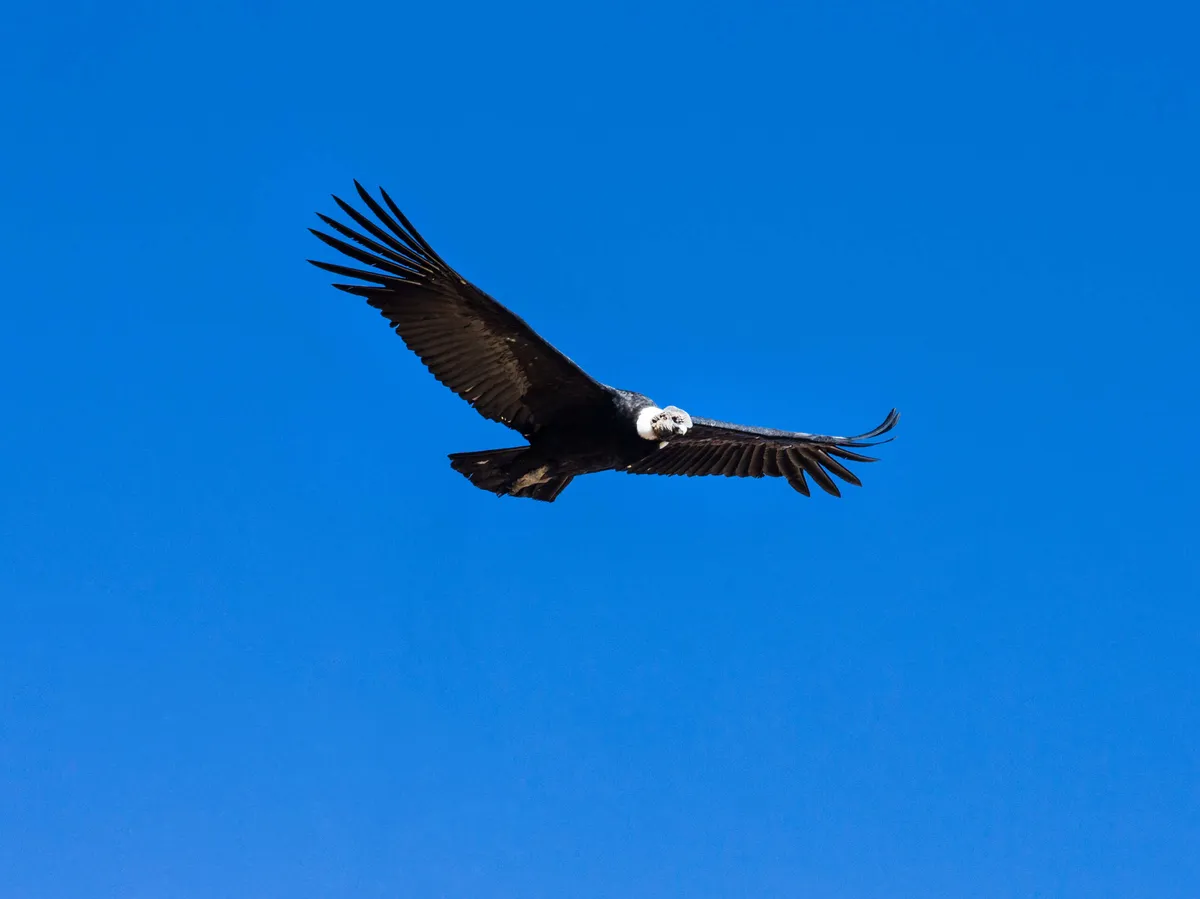Researchers at the University of Alberta in Canada have found inspiration in nature to improve the efficiency of wind turbines. By studying the wings of the Andean condor, they have developed a wing extension that can be added to wind turbine blades. This wing extension, modeled after the wing of the Andean condor, can increase wind turbine production by up to ten percent.
The Andean condor, known as the world’s largest flightless bird, has a wingspan of more than three meters and weighs between 11-15 kilograms. One unique ability of the Andean condor is its capability to fly long distances without flapping its wings.
Over the years, engineers have worked to improve the aerodynamics of wind turbine blades to increase efficiency. However, researchers at the University of Alberta aimed to take it a step further by drawing from the characteristics of the Andean condor’s wings. The wing extension, known as the wing cantilever, is attached to the tip of the wind turbine blade, a design feature commonly seen in airplanes to prevent wing wake vortices.
Through simulations, researchers discovered that adding this extension improved torque and power output due to changes in airflow around the blade tip. The team collaborated with Biome Renewables, a company focused on replicating natural models in design processes. Their findings were published in Energy magazine.
This innovative approach to wind turbine design has significant potential for improving efficiency and increasing output paving way for more sustainable energy production.



